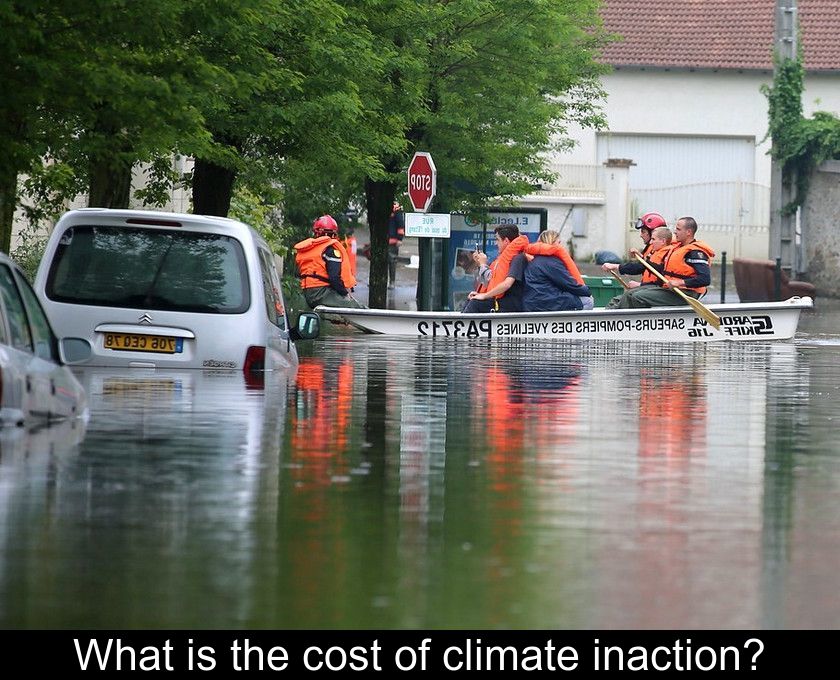What Is The Cost Of Climate Inaction?
While the government has announced plans to invest over 5 billion euros in decarbonization projects for industrial sites, you may think that this money would be better spent elsewhere, such as in healthcare or security. But did you know that doing nothing to combat climate change could be very costly? We invite you to discover what the cost of climate inaction could be according to estimates from ADEME.
Why is it essential to act?
As the COP 28 is concluding today in Dubai, it is worth reminding that it is urgent to act to limit the global warming of our planet. The reduction of greenhouse gas emissions is not a theoretical goal, disconnected from the daily lives of citizens. It is a necessity to protect human lives and the livelihoods of communities.
As record temperatures and extreme weather events become more frequent and directly impact populations around the world, it becomes increasingly clear that we cannot remain inactive on climate issues. Today's inaction could soon cost us dearly, in terms of human and financial loss.
What would be the cost of climate inaction?
A report from the ADEME published on December 6, 2023, estimates the cost of climate inaction for France at nearly 260 billion euros per year. If nothing is done, global warming will reach +3.5°C compared to the pre-industrial era by the end of the century, and the consequences will extend beyond the weather. According to this agency responsible for ecological transition, repercussions will also be felt on the French economy.
In this scenario, France will inevitably face a loss of biodiversity, a decrease in agricultural yields, and more intense and frequent natural disasters. As climate change is a global phenomenon, our country would also be impacted commercially and experience increased supply tensions.
The bill for France alone would amount to 260 billion euros per year, equivalent to 3500 euros per year per French person. The damage caused by climate change would indeed lead to an annual loss equivalent to 10% of the GDP. You can find the ADEME report on the agency's official website (link below).
How to reduce the bill?
In addition to assessing the cost of climate inaction, this report from the Ademe highlights the urgency to act. It reveals that each year of delay in reducing greenhouse gas emissions increases the costs for society as a whole. Specifically, if we do not intensify our efforts by 2030, we will incur additional costs of at least 5% of GDP to achieve carbon neutrality by 2050.
According to another report, the Pisani-Ferry Mahfouz report published in May 2023, France must invest an additional 66 billion euros per year until 2030 to hope to achieve carbon neutrality. This amount, however high it may be, appears to be a good investment compared to the colossal cost of inaction.
One does not need to be a math genius to do the math 260 - 66 = 194. The fight against climate change, essential to preserve a livable climate, will also save 194 billion euros per year. Based on these figures, the government is preparing a climate change adaptation plan that is expected to be unveiled to the public next year.








